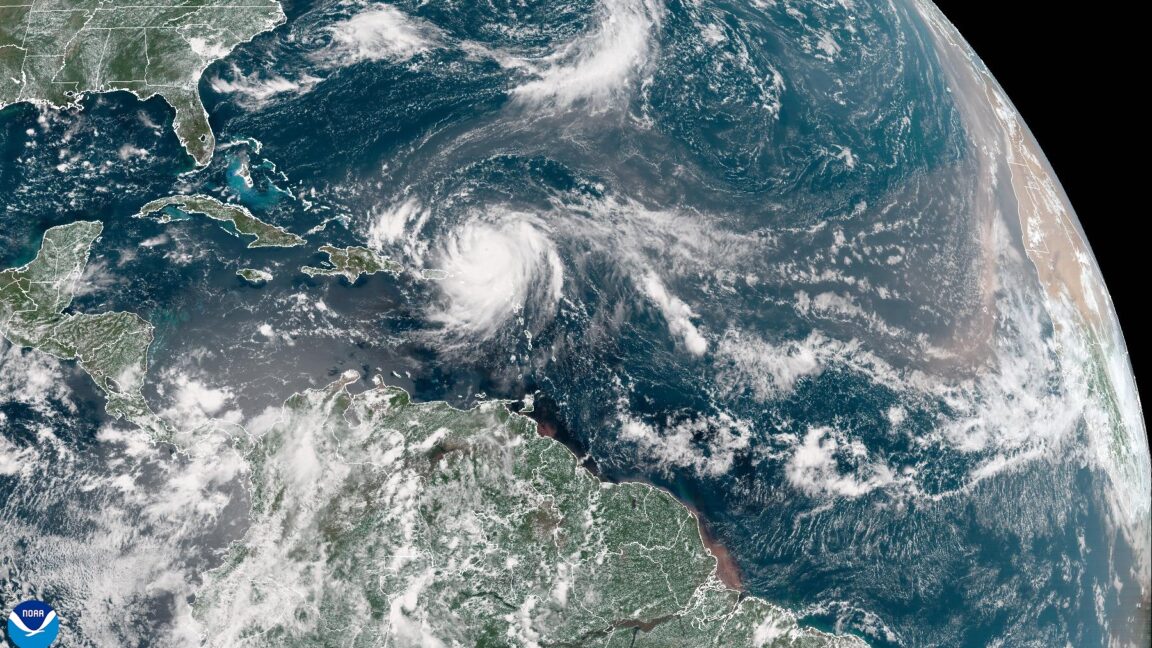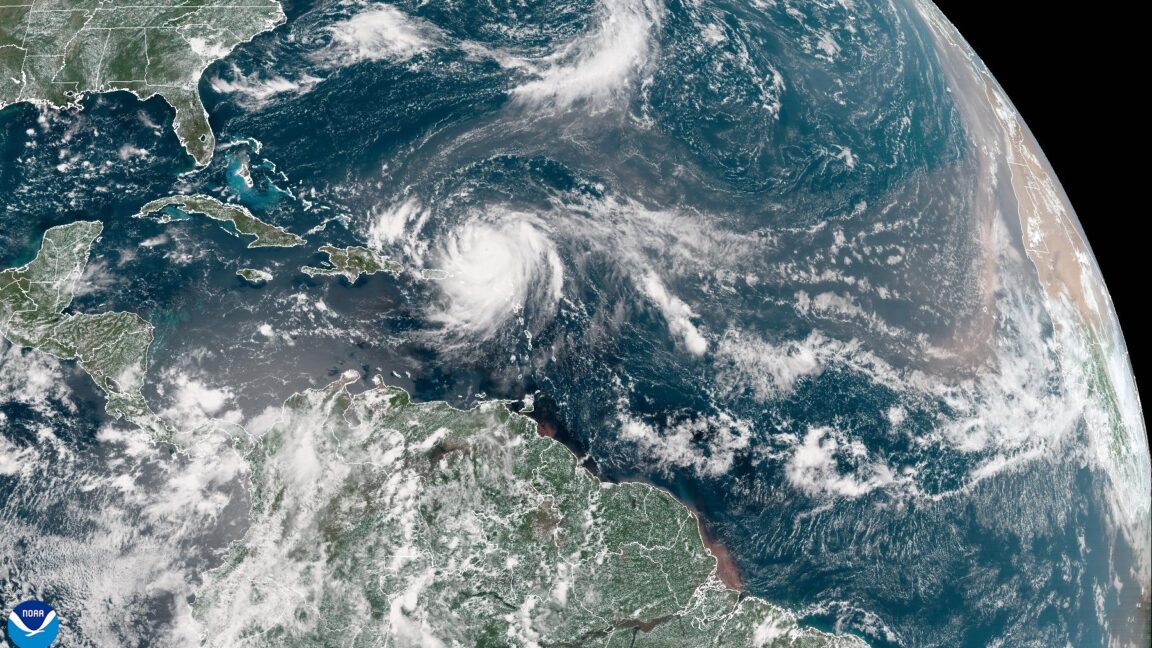Key Points
- Google launched an AI model for hurricane track and intensity forecasting.
- The model is part of the DeepMind Weather Lab suite.
- Training used extensive historical weather data and a specialized hurricane database.
- Internal tests claimed the AI often outperforms physics‑based forecasting methods.
- Google partnered with the National Hurricane Center to evaluate the model.
- During Hurricane Erin, the AI accurately predicted rapid intensification to Category 5.
- The model correctly forecast Erin’s westward path and proximity to the U.S. East Coast.
- Success suggests AI can enhance future hurricane warning and response efforts.

Background
In early June, Google unveiled an artificial‑intelligence model specifically built to forecast the tracks and intensity of tropical cyclones. The model is integrated into the DeepMind Weather Lab suite, a collection of AI‑based weather research tools.
Model Development and Training
The AI model was trained on a vast dataset that reconstructed past weather patterns and a specialized database containing key information about hurricane tracks, intensity, and size. Google’s internal assessment stated, “Internal testing shows that our model’s predictions for cyclone track and intensity are as accurate as, and often more accurate than, current physics‑based methods.”
Collaboration with Forecast Agencies
Google announced a partnership with the National Hurricane Center, an arm of the National Oceanic and Atmospheric Service, to assess the model’s performance across the Atlantic and East Pacific basins.
Hurricane Erin Case Study
During a relatively quiet Atlantic hurricane season, Hurricane Erin rapidly intensified in the open Atlantic, reaching Category 5 strength. While forecasts indicated that Erin would not make landfall in the United States, meteorologists closely monitored its proximity to the East Coast and the island of Bermuda due to potential impacts such as beach erosion.
The AI model accurately predicted both the rapid intensification and the westward trajectory of Hurricane Erin. Its forecasts aligned closely with the observed track and intensity, providing confidence that the model can handle high‑impact storms.
Implications for Future Forecasting
The successful prediction of Hurricane Erin’s behavior highlights the promise of AI‑driven tools in augmenting traditional meteorological methods. By delivering precise, timely forecasts, the model could improve warning systems, aid emergency planning, and potentially reduce damage from future tropical cyclones.
Source: arstechnica.com
